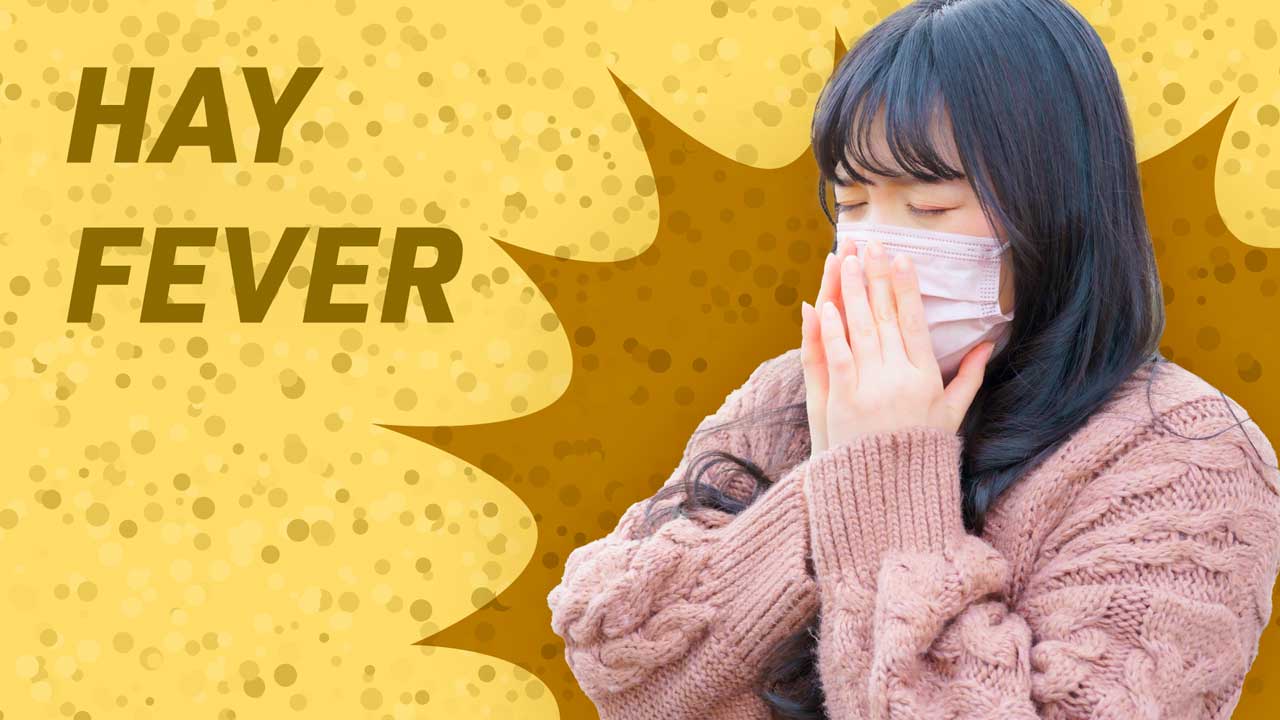As spring begins, it’s important for health professionals to consider the care that may be required for conditions relevant to or anticipated for the season.
Seasonal allergies are expected to affect many Australians in spring. Allergic rhinitis (or ‘hay fever’) and asthma can be triggered by the increase of pollen in the air (ASCIA 2022).
Birds, bees and even the wind spread pollen grains. Most allergy-causing pollen is airborne pollen from northern hemisphere grasses, trees and weeds. Interestingly, Australian native plants are less allergenic than some pasture grasses and exotic trees (ASCIA 2022).
Other than through exposure to pollen, allergic rhinitis symptoms can also be caused by dust mites, household pets and mould growth (Healthdirect 2022).
Hay Fever (Allergic Rhinitis) Facts
- Around 18% of Australians and New Zealanders are affected by allergic rhinitis
- People who experience allergic rhinitis are also predisposed to more frequent sinus infections
- Additionally, people with allergic rhinitis often experience ftigue due to their quality of sleep being affected
- Moderate or severe allergic rhinitis can also:
- Impair learning
- Result in more frequent absenteeism from work and reduced productivity
- Affect a person’s general health.
(ASCIA 2022)
Hay Fever and Asthma
Allergic rhinitis can inflame asthma symptoms and make them more difficult to control. A large majority of people with asthma (about 80%) have allergic rhinitis (ASCIA 2022).

Signs and Symptoms of Hay Fever
- Runny or congested nose
- Watery, itchy eyes
- Throat, ear and palate itchiness
- Irritated nasal passages, mouth and throat
- Head-cold symptoms
- Hoarse voice
- Bad breath
- Mouth-breathing and snoring
- Facial pain and pressure
- Headaches
- Frequent middle ear infections
- Daytime tiredness
- Coughing.
(ASCIA 2022; National Asthma Council Australia 2017)
Anyone who develops wheezing needs to promptly seek medical attention from a qualified medical doctor for assessment and treatment (ASCIA 2022).
Where are Pollen Counts Highest in Australia?
Victoria’s south coast can get high pollen counts from the northerly winds, bringing pollen from the grasslands. Eastern Australia is somewhat protected from westerly winds by the Great Dividing Range (ASCIA 2022).
South Australia and Western Australia have varying pollen counts depending on the wind direction. Some of the grasses in southern Australian areas are grasses from the Northern Hemisphere that chiefly flower from October to December (ASCIA 2022).
From late July to early August, the white cypress pine (Callitris columellaris) flowers. This is the only Australian tree that creates 'highly allergenic' pollen (ASCIA 2022).
Wattle gets blamed for lots of spring allergies, but skin prick tests rarely indicate that it is actually to blame. Lots of Casuarina and Australian oak tree species lead to pollen-related year-round allergenic rhinitis - not just spring allergies (ASCIA 2022).
Treating Hay Fever
The following treatment options should be used under the guidance of appropriate medical practitioners:
- Antihistamines
- Intranasal corticosteroid nasal sprays
- Decongestant sprays and medications
- Saline nasal sprays or douches
- Desensitisation allergen immunotherapy with a clinical immunology/allergen specialist.
(ASCIA 2022)
Patients should inform their health practitioner if they are pregnant when seeking treatment for allergic rhinitis and/or asthma (National Asthma Council Australia 2017).
Preventing Pollen Exposure.
- Wear sunglasses
- Have someone else mow the lawn and stay indoors when the lawn is being mowed
- Keep low-allergenic plants in the gardens
- Shut windows and doors of the home, building or car and use recirculated air conditioning
- It is preferable to stick to the coast for holidays, or otherwise not to holiday during pollen season
- Stay inside the house until after noon
- Avoid going outside when winds or thunderstorms are in progress or have just finished
- Access pollen calendars such as the one available from the Australasian Society of Clinical Immunology and Allergy
(ASCIA 2022)
The National Asthma Council Australia (2017) also states that cigarette smoke should be avoided to prevent allergic rhinitis and asthma. Health professionals who do smoke should change their clothes before returning to work with clients and other staff members. Likewise, smoking areas should not be near entry points to the healthcare site.
Healthcare settings may consider implementing wind barriers and incorporating low-allergenic plants into their gardens and landscaping.
Topics
References
- Australasian Society of Clinical Immunology and Allergy 2022, Pollen Allergy, ASCIA, viewed 8 December 2023, https://www.allergy.org.au/patients/allergic-rhinitis-hay-fever-and-sinusitis/pollen-allergy
- Healthdirect 2022, Hay Fever (Allergic Rhinitis), Australian Government, viewed 8 December 2023, https://www.healthdirect.gov.au/hay-fever
- National Asthma Council Australia 2017, Hay Fever (Allergic Rhinitis) and Your Asthma, National Asthma Council Australia, viewed 11 December 2023, https://www.nationalasthma.org.au/living-with-asthma/resources/patients-carers/brochures/hay-fever-allergic-rhinitis-and-your-asthma

